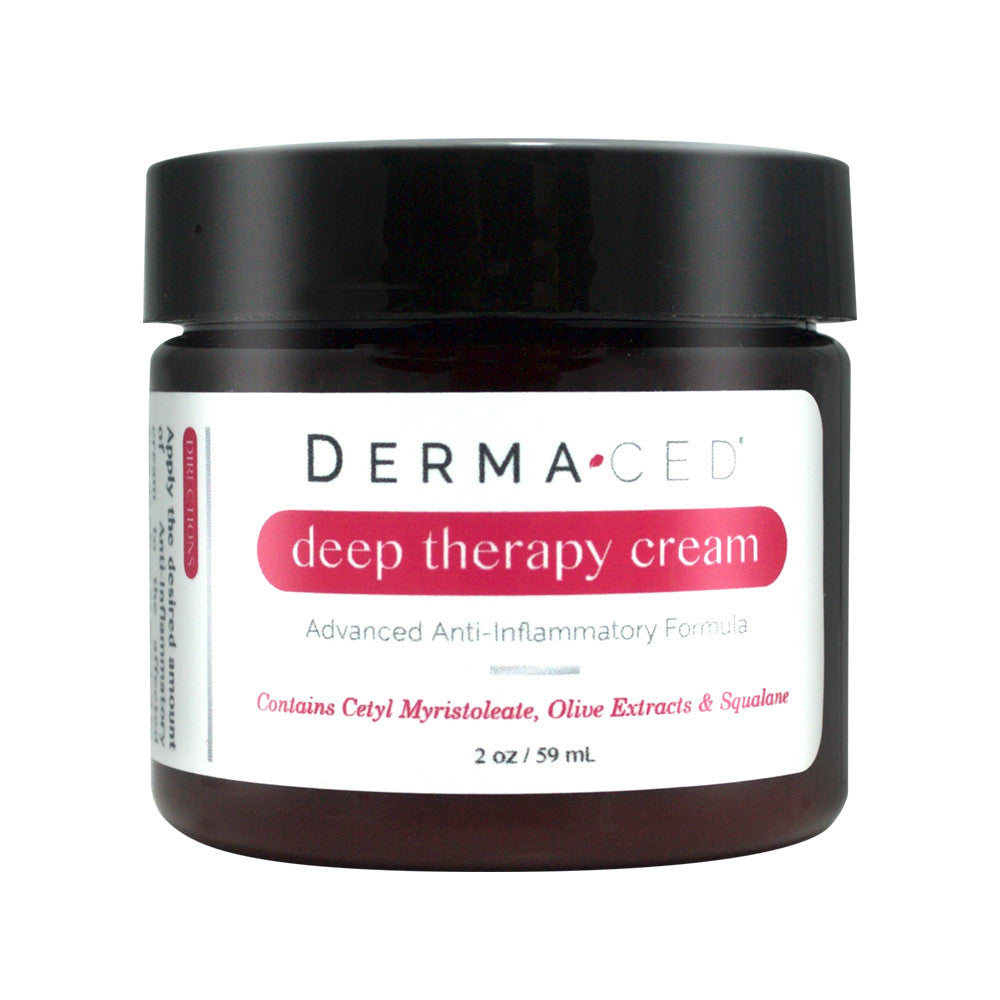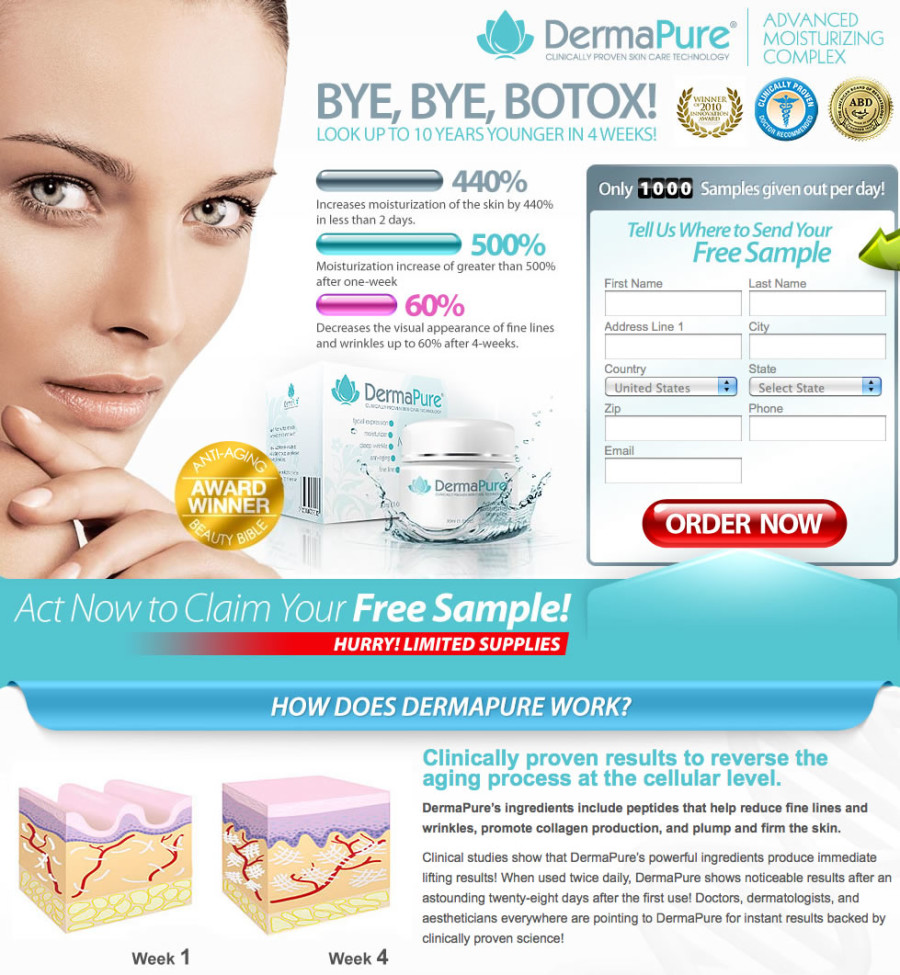

WHERE TO BUY DERMA DEEP THERAPY CREAM SKIN
But because you’re using a very sharp blade, you may cut your skin when you scrape it. It’s best to go to a licensed aesthetician or doctor if you’re thinking about trying dermaplaning.ĭo-it-yourself kits and tools are available online and at your local drugstore. If you’re taking isotretinoin, a prescription medication used to treat severe acne, you should wait 6 months after you stop taking it to try dermaplaning. But in rare cases, dark hair may grow near your chin or “sideburns.”ĭermaplaning isn’t recommended if you have inflammatory skin conditions such as:

It’s not common for your hair to grow back thicker or darker. A burning or tingling sensation for about 48 hours after the procedure.

Most people have little to no irritation or reaction. How well it works really depends on your skin type, tone, and medical history. The treatment may soften fine lines and wrinkles and ease hyperpigmentation, or uneven skin tone. The exfoliation and hair removal can leave your skin brighter and smoother. The doctor or aesthetician moves the dermatome, which looks like an electric razor, back and forth to scrape off the top layer of dead skin. With dermaplaning, they use a scalpel or a tool called a dermatome. It’s different from dermabrasion, where an aesthetician or doctor uses a high-speed, rotating brush to exfoliate the skin. On balance, the point is this: in contrast to real plant oils, wax esters were designed by Mother Nature to stay on the surface and form a protective, moisturizing barrier and jojoba oil being a wax ester is uniquely excellent at doing that.Dermaplaning is a procedure that exfoliates your skin and gets rid of dirt and vellus hair, better known as “peach fuzz.” Third, jojoba oil moisturizes the skin through a unique dual action: on the one hand, it mixes with sebum and forms a thin, non-greasy, semi-occlusive layer on the other hand, it absorbs into the skin through pores and hair follicles then diffuses into the intercellular spaces of the outer layer of the skin to make it soft and supple. has this not fully proven theory that thanks to this, jojoba might be able to "trick" the skin into thinking it has already produced enough sebum, so it might have "skin balancing" properties for oily skin. Second, jojoba oil is the most similar to human sebum (both being wax esters), and the two are completely miscible. If you have some pure jojoba oil at home, you should be fine using it for years. (Many plant oils tend to go off pretty quickly). Even if you heat it to 370 C (698 F) for 96 hours, it does not budge. So being a wax ester results in a couple of unique properties: First, jojoba oil is extremely stable. 25-30% of human sebum is also wax esters to give us people environmental protection. Wax esters are on the outer surface of several plant leaves to give them environmental protection. Chemically, a wax ester is a fatty acid + a fatty alcohol, one long molecule. Mother Nature also created wax esters but for a totally different purpose.

Mother Nature created triglycerides to be easily hydrolyzed (be broken down to a glycerin + 3 fatty acid molecules) and oxidized (the fatty acid is broken down into small parts) - this happens basically when we eat fats or oils and our body generates energy from it. The fatty acids attached to the glycerin vary and thus we have many kinds of oils, but they are all triglycerides. So what the heck is a wax ester and why is that important anyway? Well, to understand what a wax ester is, you first have to know that oils are chemically triglycerides: one glycerin + three fatty acids attached to it. Oh, and one more thing: glabridin seems to be also an antioxidant, which is just one more reason to be happy about licorice root extract on an ingredient list.īottom line: Licorice is a great skincare ingredient with significant depigmenting, anti-inflammatory and even some antioxidant properties. It’s used to treat several skin diseases that are connected to inflammation including atopic dermatitis, rosacea or eczema. Glabridin has also some soothing properties but the main active anti-inflammatory component is glycyrrhizin. 2 magic property is that licorice is a potent anti-inflammatory. The latter one is a very-very expensive ingredient, so if you are after the depigmenting properties try to choose a product that boasts its high-quality licorice extract. We have seen extracts with only 4% glabridin as well as 40% glabridin. There is just one catch regarding glabridin and licorice: the amount of glabridin in commercial licorice extracts can vary a lot. Prunus Amygdalus Dulcis (Sweet Almond) Oil


 0 kommentar(er)
0 kommentar(er)
